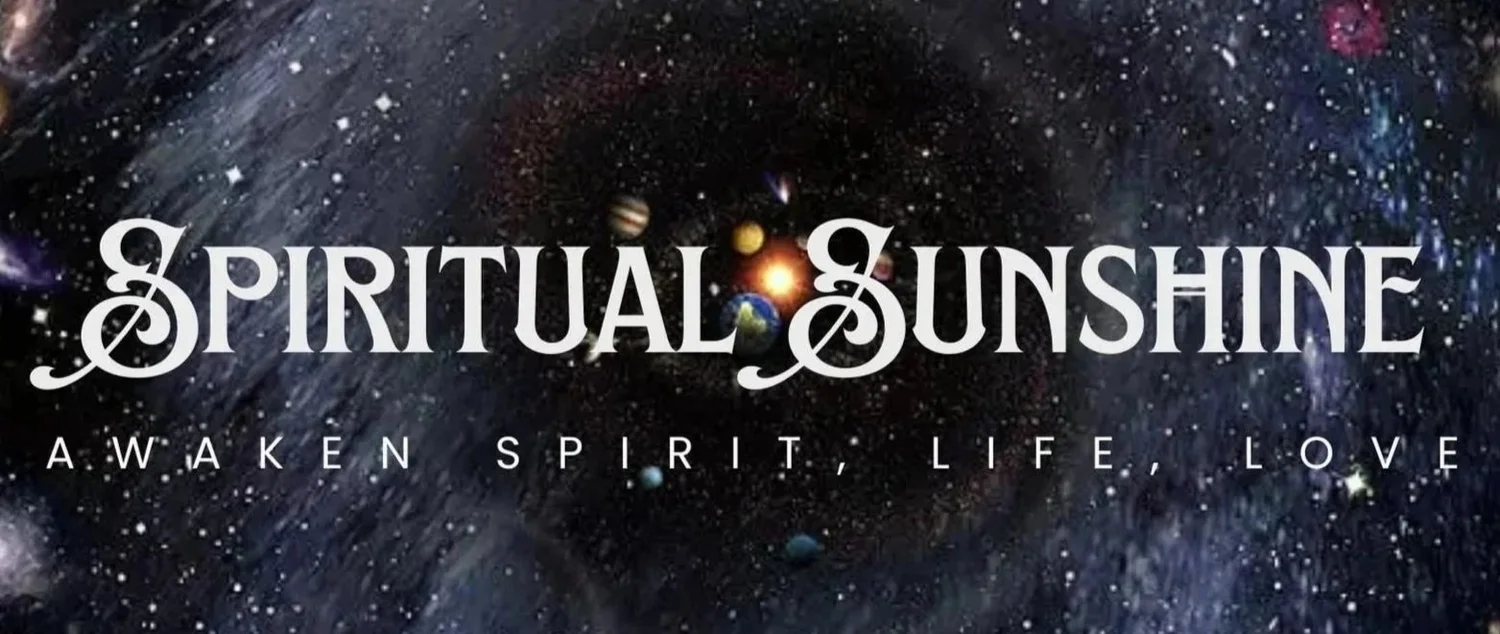
Emanuel Swedenborg’s Books
(.pdf’s)
Stay Up-to-Date with Future Content
There are many introductory books to Swedenborgian theology, just search Amazon for "Emanuel Swedenborg." For the researcher, or to look up specific terms, here are the volumes to Pott's concordance of Swedenborg's theological writings: part 1, part 2, part 3, part 4, part 5, and part 6.
The rest of this book section is taken from the Swedenborg Foundation:
Swedenborg's theological writings were originally written in Latin and published between 1749 and 1771. Over the years they have been published in many different editions and translated into many different languages worldwide, and often collections of Swedenborg's writings are published under an entirely different title.
To help sort it all out, below we've included a list of the theological works that Swedenborg published during his lifetime with a brief description of each one. Each entry also has a link to download an electronic version of the book. You can also download Swedenborg Foundation's PDF Guide to the Theological Works of Emanuel Swedenborg.
Historical Setting
Swedenborg published his first theological work, Arcana Coelestia (Secrets of Heaven) in 1749; the eighth and final volume was published in 1756. He chose to publish the book in London, in part to avoid Sweden's strict anti-heresy laws, but also because he felt that London was the best intellectual atmosphere for an entirely new way of looking at Scripture.
Secrets of Heaven is a verse-by-verse discussion of the inner meaning of the Bible, beginning with Genesis and then moving through Exodus. Swedenborg writes that the Bible should not be taken literally—in fact, parts of it make no sense if taken at face value—but everything written there has an inner spiritual meaning he calls a "correspondence." Interspersed between the chapters of commentary are explanations of principles that would become key parts of Swedenborg's theology: the correspondence between the physical world and the spiritual world, the structure of heaven and hell and the lives of angels and devils, the interaction between the soul and body, and the interconnectedness of faith and charity.
Although it seems that Swedenborg intended to go through the entire Bible in this type of verse-by-verse exegesis, he never did so. Instead, he returned to London in 1758 with five new titles to publish: Heaven and Hell, a description of the afterlife and the lives of its inhabitants; White Horse, which talks about the inner meaning of the Bible; Other Planets, which describes the beings that live on other planets, some within and some outside our solar system; Last Judgment; and New Jerusalem. These last two refer to a unique aspect of Swedenborg's theology. He writes that the Last Judgment is not a future event that will mark the end of our world, but a spiritual event where evil spirits who had managed to infiltrate heaven were cast down to hell, allowing human beings on earth and in heaven to receive spiritual truths more clearly. Further, he claims to have witnessed this event in 1757, a year that marked the beginning of a new spiritual age for humankind. In New Jerusalem, he lays out the general principles for the new church that was to follow the Last Judgment.
With the exception of Last Judgment, the content of the five volumes he published in 1758 was taken from Secrets of Heaven, sometimes with very little revision. Secrets of Heaven had been published anonymously, and its initial sales were very poor. Separating elements of this magnum opus into smaller volumes may have been an attempt to make the content more accessible.
Later Works
In the years that followed the incidents described above, Swedenborg would publish several more key theological works: Divine Love and Wisdom (1763), Divine Providence (1764), Revelation Unveiled (1766), and Marriage Love(1768). Divine Love and Wisdom and Divine Providence, although published separately, could be taken as two parts of the same theme: The first deals with the nature of God, who in his essence is both love and wisdom, and—echoing Swedenborg's earlier works on the origin of the material world—is the source of all life. Divine Providence tackles free will and the nature of evil and suffering, and describes the spiritual laws that govern the world.
Revelation Unveiled is a return to Swedenborg's early discourse on the inner meaning of the Bible, this time examining the book of Revelation in much the same verse-by-verse format as Secrets of Heaven. Revelation Unveiled was the first book in which Swedenborg included what he called memorabilia (memorable occurrences): descriptions of encounters with angels, devils, or spirits, usually illustrating a theological point he wanted to make. These memorable occurrences were generally added to the end of a chapter and often had no apparent connection to what he had written immediately before, although in two personal letters he advised people to read the memorable occurrences before moving on to the main text.















